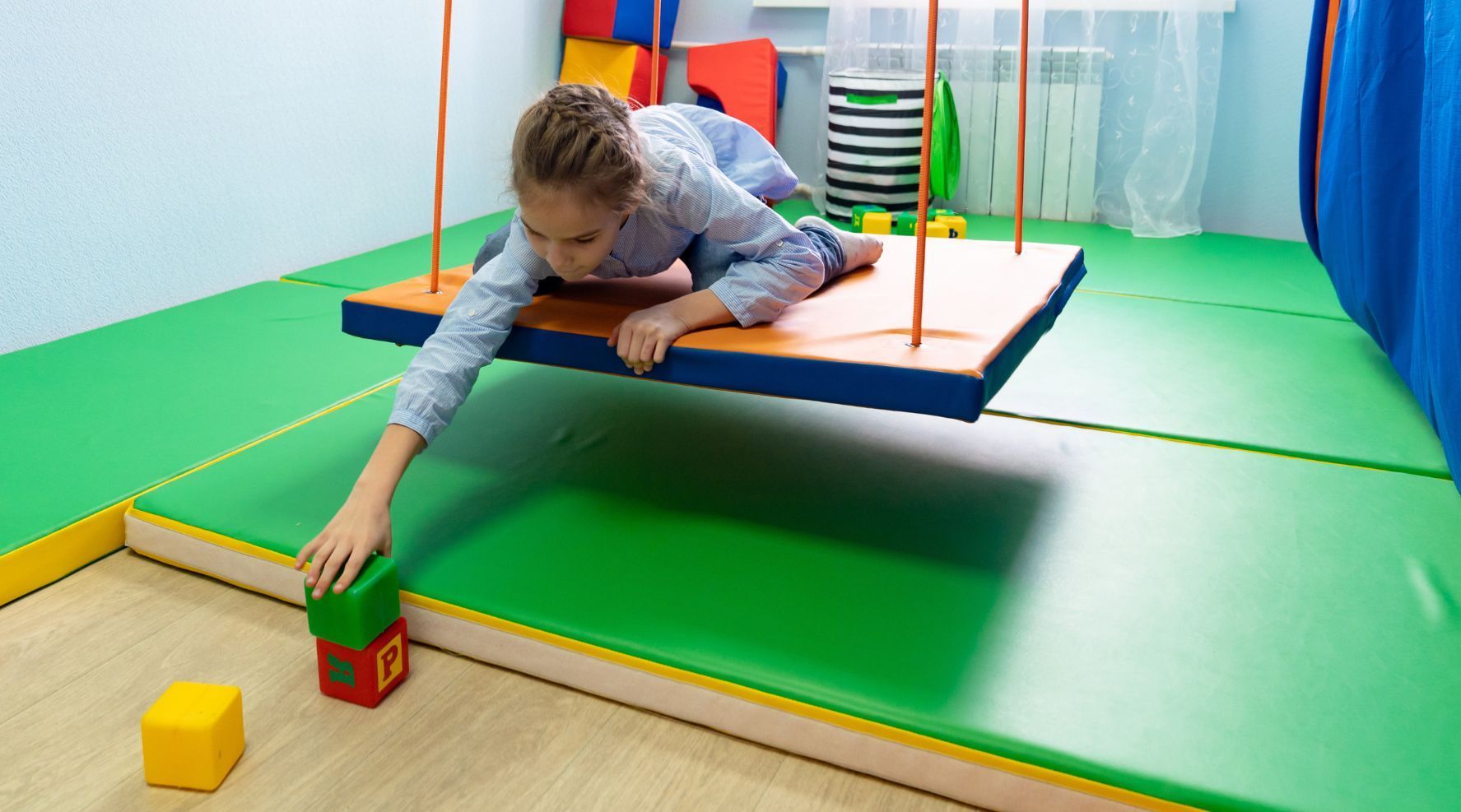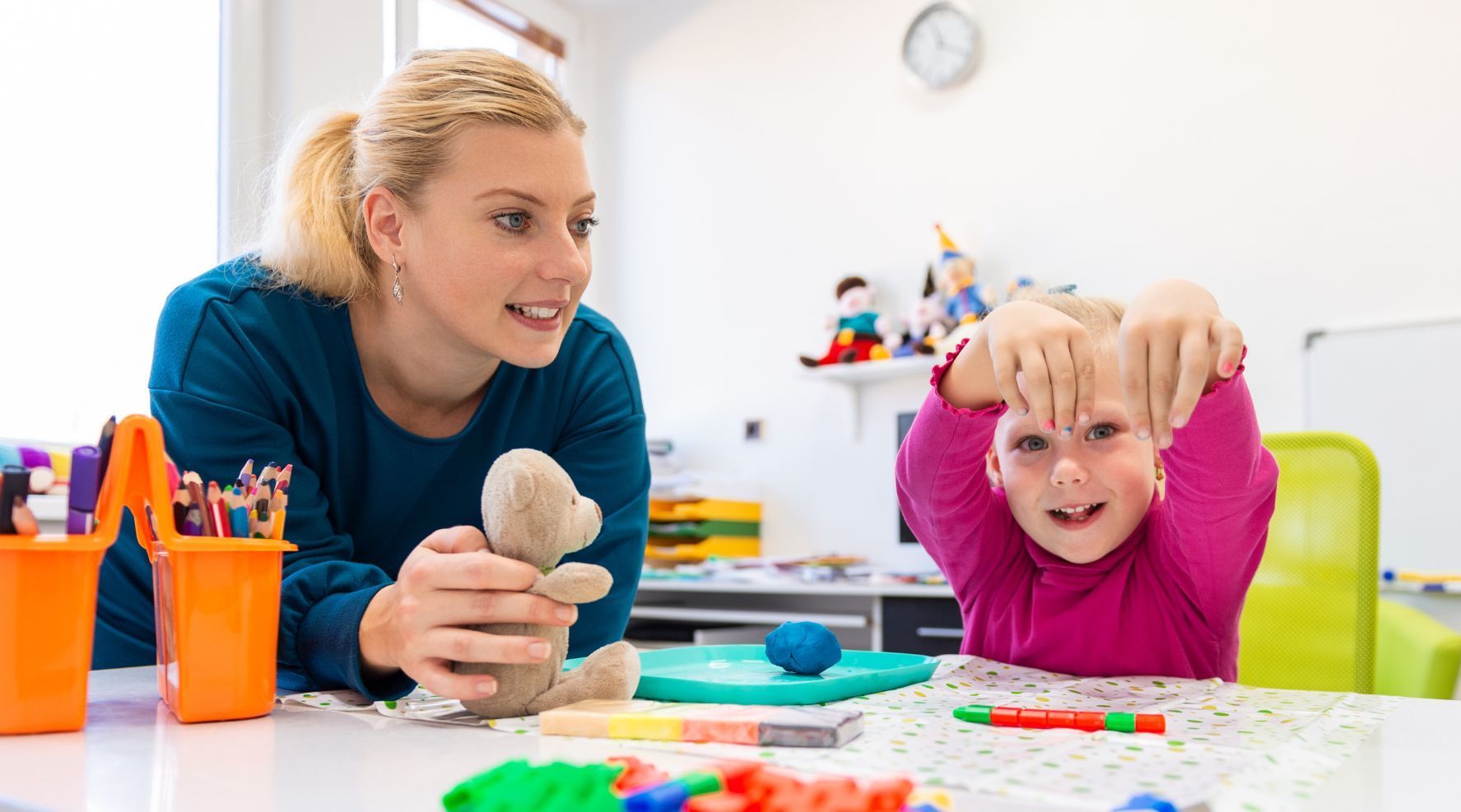How Does Sensory Play Develop Problem-Solving Skills?
Sensory play helps to engage and develop a child’s ability to discern different colors, scents, sounds, textures, and tastes. It also helps children learn where their bodies are in space, and how to balance themselves as they move around. By watching their children learn through experience, some parents of children with sensory processing differences or autism spectrum disorders can almost instinctively answer the question, “how does sensory play develop problem-solving skills?” Nevertheless, continue reading to learn various ways sensory play can develop your child’s problem-solving skills.
Exploring the Environment
Sensory play offers the opportunity to touch and manipulate objects of different sizes, colors, and textures, giving a developing mind the chance to learn an object’s characteristics. Blocks fall down if stacked too high, clay flattens out if you pound it but makes a snake or a ball if you roll it, and sand runs through your fingers.
When children encounter an environment that offers a variety of sensory experiences, they instinctively want to explore. They become little scientists, combining observation with experimentation to learn the properties of different objects and substances. Throughout the process, they learn to develop a mental database of information that they can build on, make educated guesses, and create “if, then” assumptions that help them make sense of the world and overcome any obstacles they may encounter.
Becoming Sensitized to Sensory Input
The world can be a bright, noisy, crowded, and often contentious place. Sensory play, especially alongside or with other children, requires kids to learn to screen out what’s not important and focus on what they’re doing; whether that’s pouring water from one container to another or sorting objects by size and color.
Sensory play also helps kids develop the social skills they need to self-advocate; to ask for breaks or a few moments of solo play to help them calm down. Identifying strategies children can use to cope with an environment that overloads their sensory processing abilities is a problem-solving skill in itself.
Motor Skills
Developing motor skills involves more than learning eye/hand coordination and how to use your fingers (fine motor skills), or learning how to hop, skip, jump, run, or climb (grow motor skills) using your arms and legs. Using your body effectively involves planning and problem-solving. If a child wants to get from point A to point B in an obstacle course, they must figure out how to go over, under, or around obstacles while maintaining their balance and creating forward momentum.
Sensory integration therapy equipment typically includes balance beams, climbing walls, roller slides, tunnels, crash pads, and swings. These help children learn how to make good use of their proprioceptive (body awareness) senses and their vestibular system (balance). Putting together all the information their brains receive from their muscles, joints, and their vestibular system to make sense of how and when to move nudges kids to develop problem-solving skills. Sensory play gives kids the chance to practice this skill and learn how to assess and respond to what’s going on around them, helping them to take advantage of their experiences and cope with new physical challenges.





